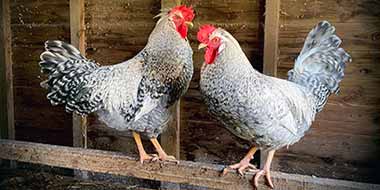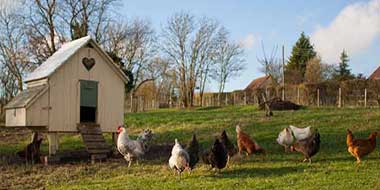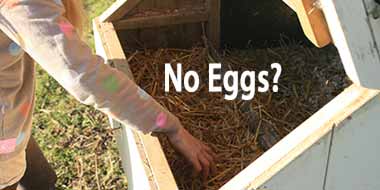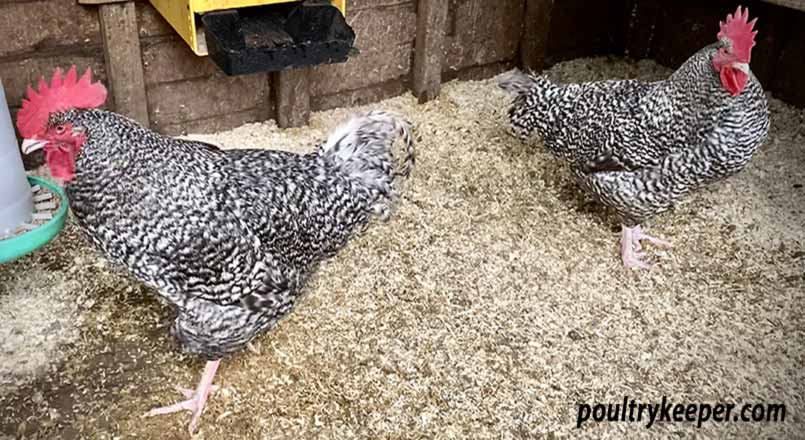
Winter can be brutal for us as poultry keepers as we battle with keeping chickens in the cold and wet weather, bird flu lockdown, and short days with predators looking for food. If like me, you keep a few different breeds and have more than one pen with multiple male birds, it makes sense to consolidate by reducing stock and gathering your birds into bigger groups to make winter care easier. This article, ‘Keeping Cockerels Together Over Winter,’ shares my experience of bringing the ‘boys’ together without a fight!
During the winter, I put all of my different hens together in one big coop and run that hasn’t been in use over the autumn months. It is the nearest run to my house, making life more comfortable when it comes to keeping water containers free from ice and providing the girls with some fresh grass for the start of the winter.
We keep cockerels together over the winter on our smallholding, but it takes some careful introductions, so there aren’t fights.
The 'boys run'
The boys are kept together in another run, away from the hens. Keeping them away from the hens allows them to recharge their batteries and, more importantly, gives the hens a rest from their constant attention.
We can feed them a winter diet, and many breeders believe it keeps the male keen when they finally go back in with the hens.
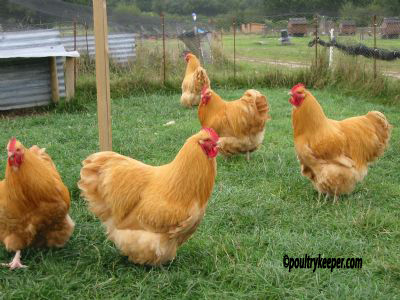
I do the same for the ducks and drakes, again, giving them fresh pasture and bringing them closer to home to make my job easier.
I often get asked how I manage to keep a run of cocks together because they will fight. It’s straightforward enough if you have docile breeds (some Asian Hard Feather breeds will ALWAYS fight, so be careful) and providing you don’t hurry things too much, following a few simple rules.
Tips for keeping cockerels together over winter
- We must do it outside of the breeding season, during the autumn or early part of winter.
- Male birds are territorial; they will protect their 'territory' (usually their run) from others.
- The males are competitive, so if the hens are visible, they will compete with one another. I remove the hens so that they are out of sight; then I decide which run is suitable for the boys. It has to be a neutral run that hasn't had any of them in recently – in other words, neutral territory.
Introductions
I open the door to the neutral run as well as the entrance to the boys runs. They can slowly leave their territory and go into neutral territory and meet. Often, there are a few skirmishes, but they usually stay in their runs for some time, keeping their distance and ignoring one another as they explore the neutral territory.
They still get fed and watered and continue to sleep in their runs, but the food is available in the new ‘neutral territory’. After a couple of weeks, I find they tolerate one another and come for food together in the new run, so I stop feeding them in their runs.
After another couple of weeks, I transfer them at night into the new house together and shut their runs. They are now together in the new run.
The next morning, I always make sure I am there at first light, but more often than not, there aren’t many serious squabbles. This house is neutral, so none feel they need to protect it as their territory. There are no hens around either, so they don’t feel the need to compete.
The smaller ‘summer’ runs now get to rest, and with luck, the frosty weather will kill off any worm eggs.
Hopefully, before we get any frost, the grass will recover a little, ready for late winter/early spring when I re-populate the runs and plan for the breeding season.

